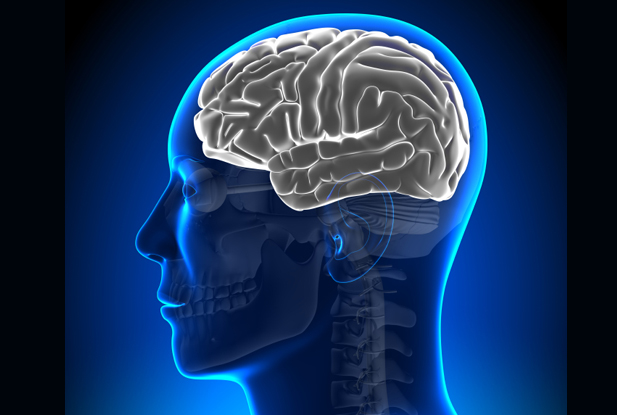When is a Traumatic Brain Injury Considered “Mild”?

“Mild” traumatic brain injuries can cause significant emotional, physical, and cognitive impairments. Associated outcomes can include depression, post-concussion symptoms, disability, underemployment, low income, and marital instability. Yet, mild traumatic brain injuries often go undetected because of the inability of conventional imaging tests to identify them.
According to the International Brain Injury Association, few patients with mild traumatic brain injuries have visible pathology such as fractures, contusions, and hemorrhages identifiable in a head CT scan. Standard MRI has the sensitivity to pick up small hemorrhages, herniation, bleeding and swelling, but has limitations regarding the white matter changes that can occur in mild traumatic brain injuries.
There is still some debate about what defines a mild traumatic brain injury. The most widely accepted definition was set out by the American Congress of Rehabilitation Medicine. It is a patient “who has had a traumatically induced physiological disruption of brain function, as manifested by at least one of the following:
1. any period of loss of consciousness;
2. any loss of memory for events immediately before or after the accident;
3. any alteration in mental state at the time of the accident (e.g., feeling dazed, disoriented, or confused); and
4. focal neurological deficit(s) that may or may not be transient;
but where the severity of the injury does not exceed the following:
– loss of consciousness approximately 30 minutes or less;
– after 30 minutes, an initial Glasgow Coma Scale (GCS) of 13-15; and
– post-traumatic amnesia (PTA) not greater than 24 hours”.
Recent advancements in diagnostic technology have improved our ability to identify mild traumatic brain injuries. These advancements include positron emission tomography (PET), single photon emission computerized tomography (SPECT), functional magnetic resonance imaging (fMRI) and diffuse tensor imaging (DTI).
Anyone who sustains a head injury should be assessed by a medical professional with expertise in assessing traumatic brain injuries, such as a neurologist, neurological surgeon, or emergency medicine physician. Early symptoms of a mild traumatic brain injury include headache, vomiting, nausea, dizziness or vertigo, and problems with memory.
An estimated 50,000 Canadians sustain brain injuries each year. Approximately 1.5 million Americans sustain traumatic brain injuries each year, and an estimated 75% of the injuries are classified as mild traumatic brain injuries.
